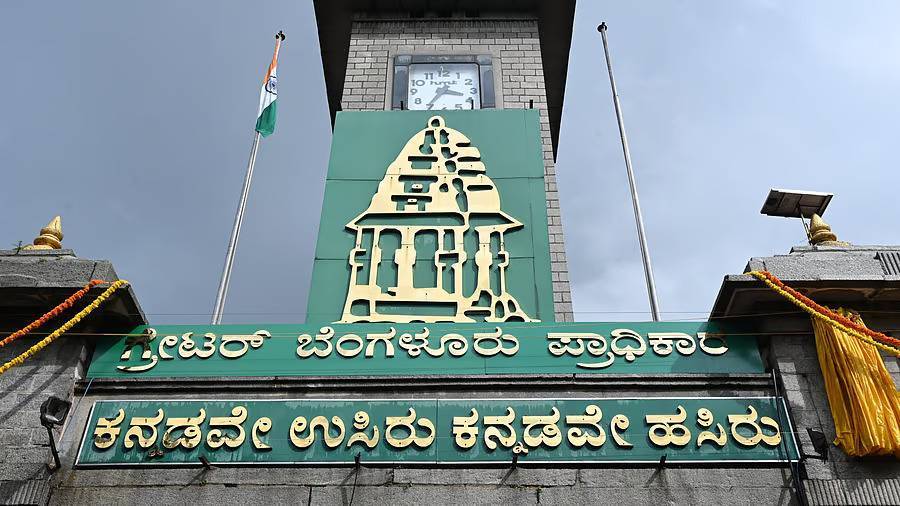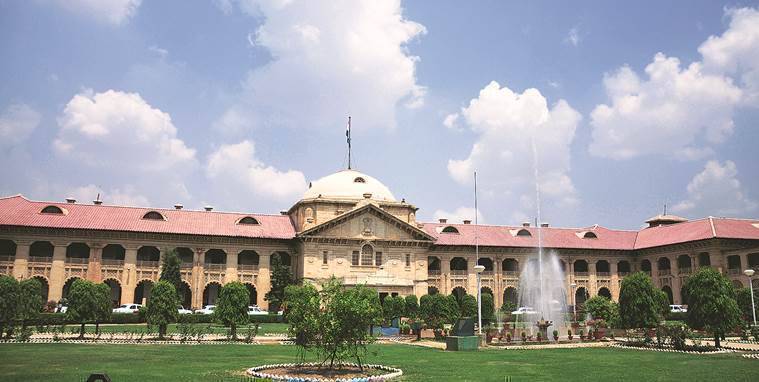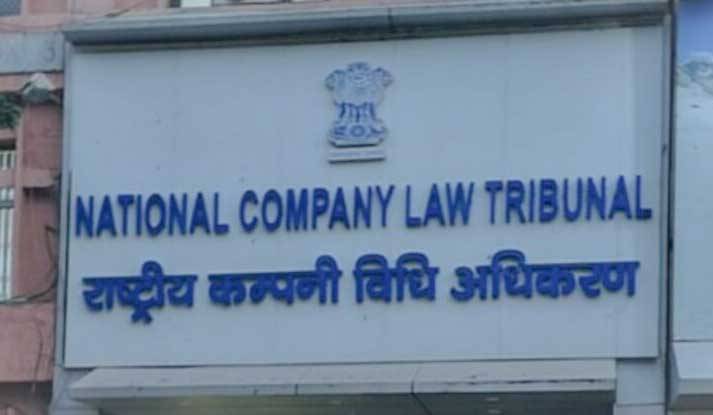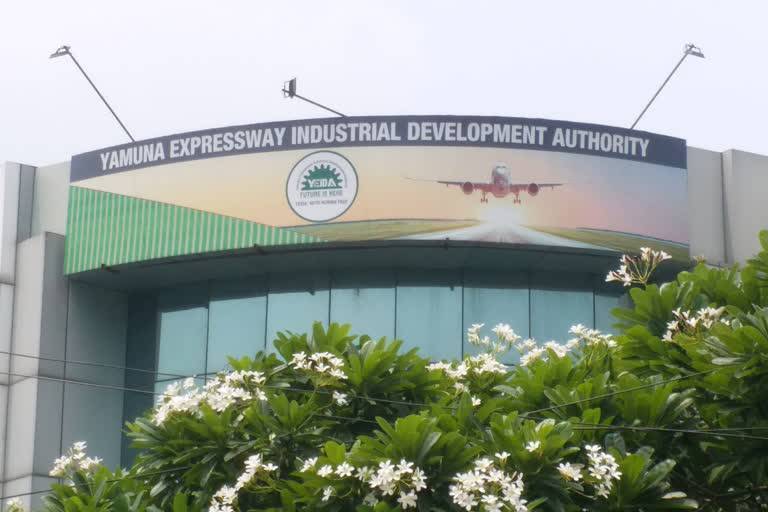Chennai’s ecologically sensitive Pallikaranai Ramsar wetland is at the centre of a controversy as anti-corruption NGO Arappor Iyakkam has accused several state government departments of illegally granting clearances for a ₹2,000 crore housing project. The project, Brigade Morgan Heights, reportedly falls within the Ramsar-designated wetland area, raising serious concerns about environmental compliance and procedural transparency. “It’s a clear case of collusion. Authorities cannot feign ignorance about the existence of the Ramsar site and its notified boundaries,” said Jayaram Venkatesan, convenor of Arappor Iyakkam.
The NGO submitted a 213-page annexure of evidence to the Chief Minister, Chief Secretary, and the Directorate of Vigilance and Anti-Corruption (DVAC). According to the complaint, the State Environment Impact Assessment Authority (SEIAA) and Chennai Metropolitan Development Authority (CMDA) granted environmental clearance and construction approval for survey numbers 453, 495/2c, 496, 497, and 498, which reportedly fall within the marshland.
Arappor Iyakkam claims that the project documentation falsely stated that the site was 1.2 km away from the marsh, whereas revenue records indicate adjacency to survey number 534/4, part of the marsh. The NGO alleges that SEIAA’s subsequent permissions and requests for latitude-longitude data were circumvented by the builder’s correspondence with forest officials, who later approved the site claiming it was 65 meters from the marsh. “Survey details of the intervening revenue land parcel weren’t disclosed, pointing to wrongdoing in the approval process,” the NGO added.
The NGO referenced the 1911 resettlement register for Perumbakkam, highlighting discrepancies in land subdivision. Survey number 430, originally covering 643.9 acres of marsh, has reportedly been reduced to just 6.1 acres in the 1993 register, enabling multiple revenue plots to be carved out. Currently, only 50 acres under survey 534/4 are recognized as marshland.
According to the Wetlands (Conservation and Management) Rules, 2017, marshlands cannot be converted for non-wetland use, and no permanent construction is permitted. The NGO argues that the project violates these regulations, compromising the ecological integrity of the Ramsar site, which covers 3,081 acres in Pallikaranai.
A Brigade Group spokesperson defended the project, stating, “Brigade Morgan Heights is a joint development with the landowner. The land is privately held, and all applicable environmental regulations were adhered to. Approval was granted only after detailed site assessments by relevant authorities.”
Despite this, the NGO insists that both the environment and housing secretaries, who are members of the State Wetland Authority, cannot claim ignorance regarding the wetland boundaries and approvals granted.
The controversy highlights critical challenges in balancing urban housing needs with wetland conservation. Pallikaranai, a vital ecological zone, plays an essential role in flood mitigation, groundwater recharge, and biodiversity preservation. Unauthorized construction within the Ramsar boundaries could irreversibly damage the ecosystem, affecting both environmental and social sustainability.
Experts emphasize the need for strict adherence to environmental clearances, accurate land records, and transparent governance to prevent such alleged encroachments. Civil society groups are now closely monitoring developments, urging the government to initiate a thorough inquiry and take corrective action if violations are confirmed.
Authorities are expected to review the NGO’s submissions and determine the legitimacy of approvals and potential violations of wetland protection laws.
Image- dtnext.in









.png)